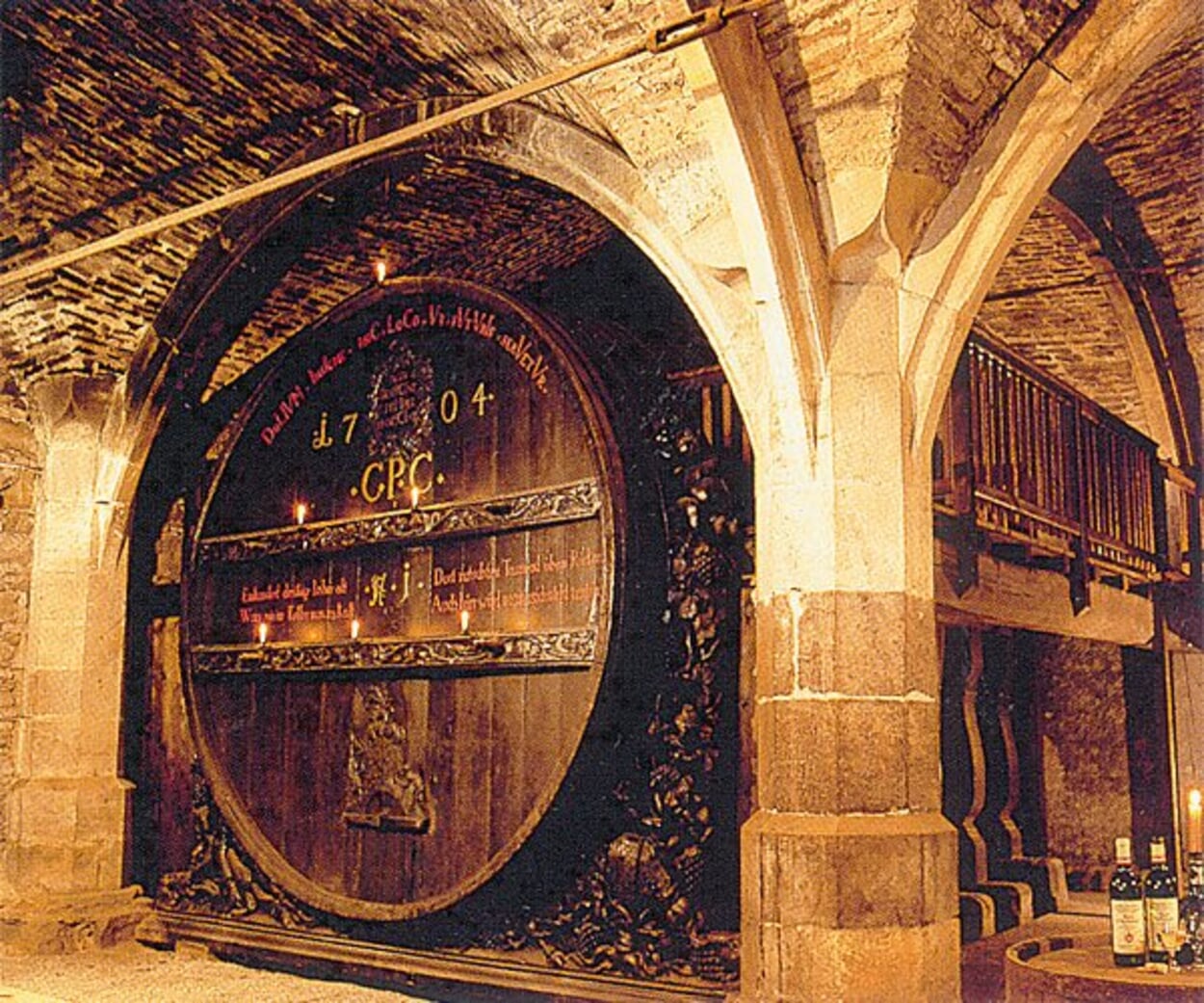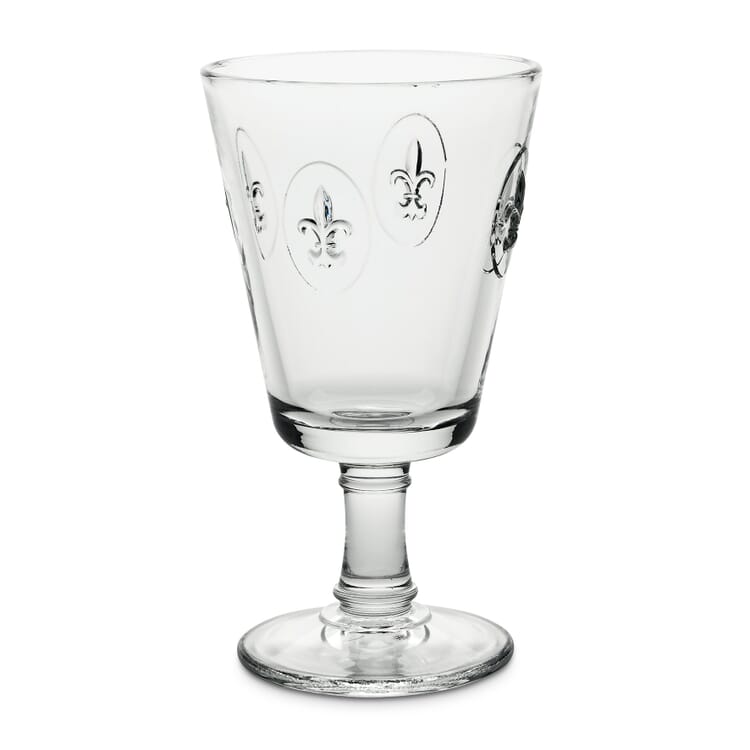Gutes aus Klöstern
900 years of Klosterneuburg Abbey
"The life of a man lasts 70 years, and when it comes to the end, it is 80"; this sober statement from the Psalms is still justified after 3,000 years. According to this calculation, the Augustinian Canons' Monastery at Klosterneuburg outside the gates of Vienna has already seen twelve human lifetimes, at least twice as many after generations. And even if the period of time seems to be easier to grasp in this way, its fascinating extension becomes apparent again when one considers the date of foundation: the year 1114. While today we try to get a seemingly clear view of past events in a meticulous reconstruction of historical facts, but then not infrequently have to realize due to the abundance of information that we have actually come too close to the mosaic and only see individual points or pixels, the Middle Ages had a wonderful technique to keep an event alive: the legend or legend. The combination of historical date and legendary interpretation has retained its effect to this day, after all, because the foundation of the monastery is still associated with the so-called veil legend, which identifies the place where Leopold III laid the foundation stone of the collegiate church on June 12, 1114, with the spot where his wife Agnes had recovered her veil, which she had thought to have lost. A sign from heaven in a mundane event that motivated the margrave to make a foundation that is still momentous today. Whoever comes to Klosterneuburg can already distinguish the three building phases of the Gothic period on the basis of the church, the late Middle Ages (above in the picture the Leopoldihof) and the Baroque complex on arrival with a view of the elevated monastery. And the monastery is still very much alive today. The nearly 50 canons look after 26 parishes, there are scientific institutes, large forestry estates and, not to forget, the winery, which we have been associated with "Gutes aus Klöstern" for 14 years. No question, a magnificent, even stately monastery, full of history and art, but also a fascinating structure of relationships between church and world, a "refuge and free space of togetherness", as the head of the monastery, Provost Bernhard Backovsky, recently described it.
The oldest winery in Austria
As a medieval ruler, Leopold pursued goals typical of his time in founding the monastery, where the distinction between religious-ecclesiastical and social-political was not as clear as it would be today. And he secured his monastery economically, among other things by establishing vineyards, of which the core stock in Klosterneuburg and Vienna has actually been under the care of the monastery without interruption for 900 years. The vineyards in Tattendorf also date back to the Middle Ages, but have been cultivated intensively only since 1953. Most recently, the monastery acquired the vineyards of the Teutonic Order in Gumpoldskirchen in 1975. All in all, 108 hectares belong to Weingut Stift Klosterneuburg today, a third of which are planted with St. Laurent vines, which were actually brought to Austria by the canons in the early days of the monastery and spread from Klosterneuburg to other wine-growing regions. Asked about the stylistic goal of viticulture in Klosterneuburg, winery manager Wolfgang Hamm emphasizes that the monastery wine should be a dual ambassador of its origin: on the one hand, in terms of region and soil, but also in terms of the monastery as a clear, honest, artisan wine of excellence. For this reason, the monastery has always worked intensively on improving cellar technology and has introduced all those innovations that contribute to greater protection of the grape material. The monastery is convinced that it was and is precisely this attitude: putting the stamp of the times on the wine - also by studying the development of stylistics on the basis of the old wine archive - that has made 900 years of winery at Klosterneuburg Abbey possible.

























